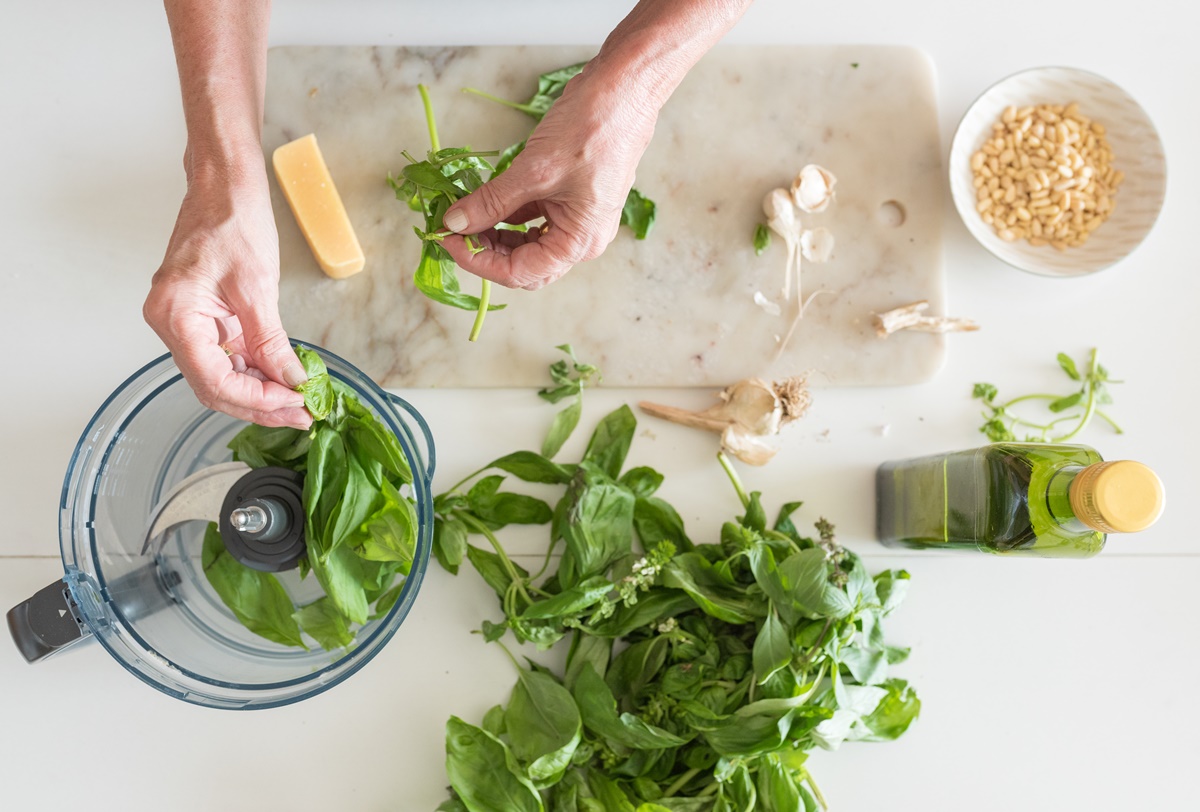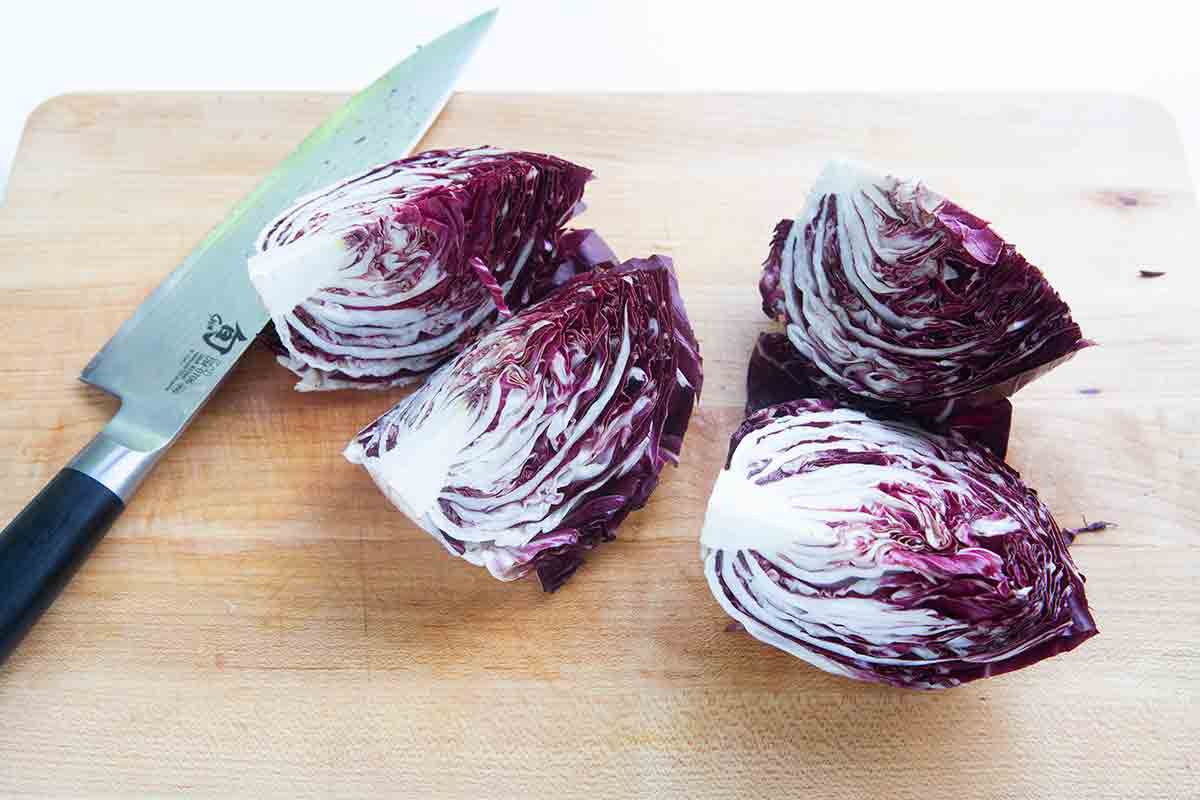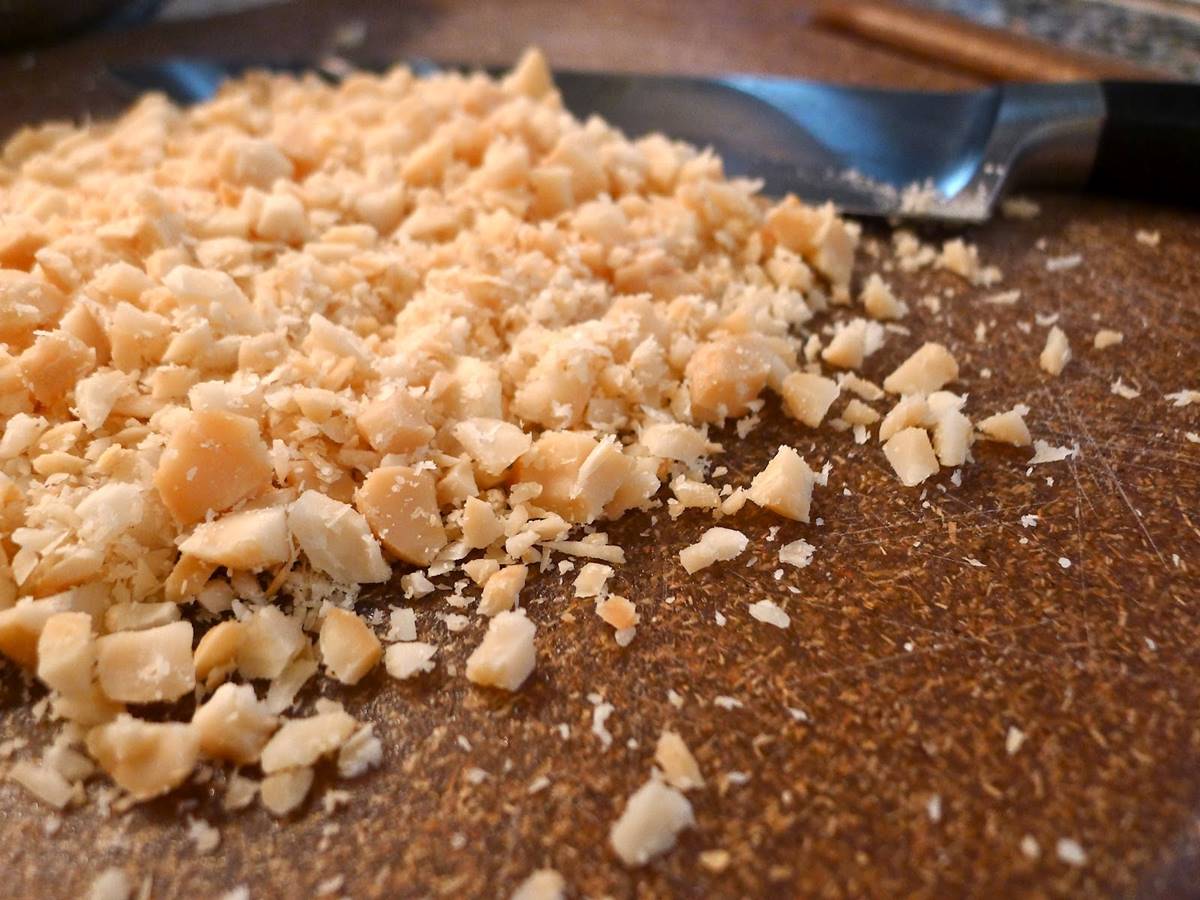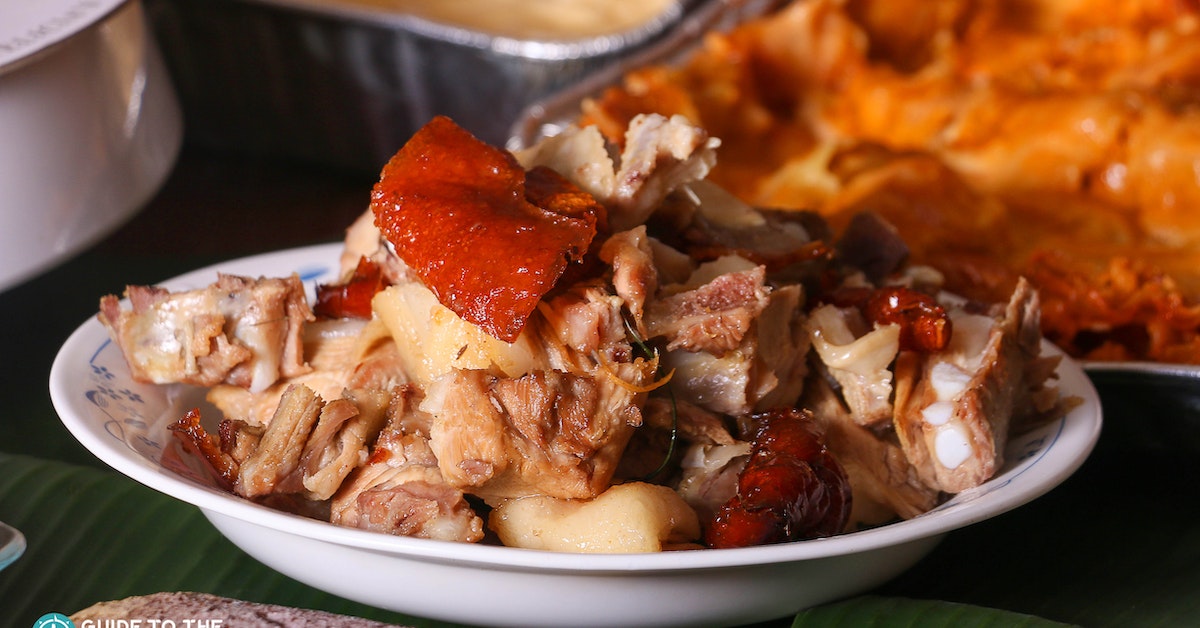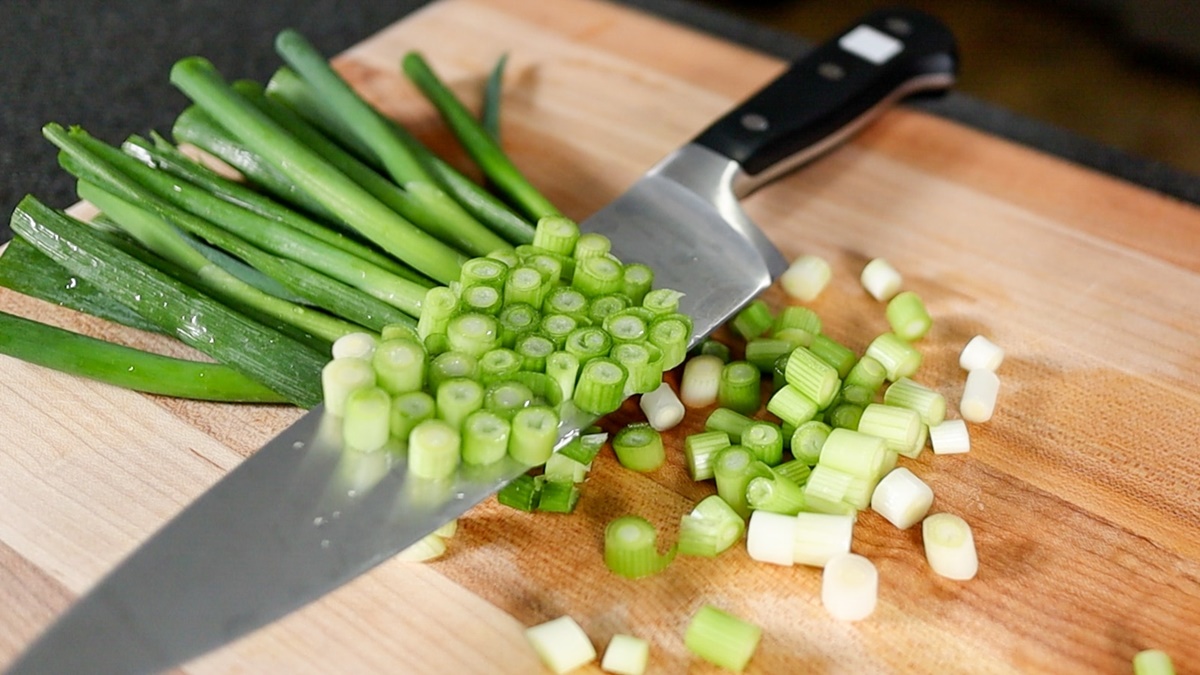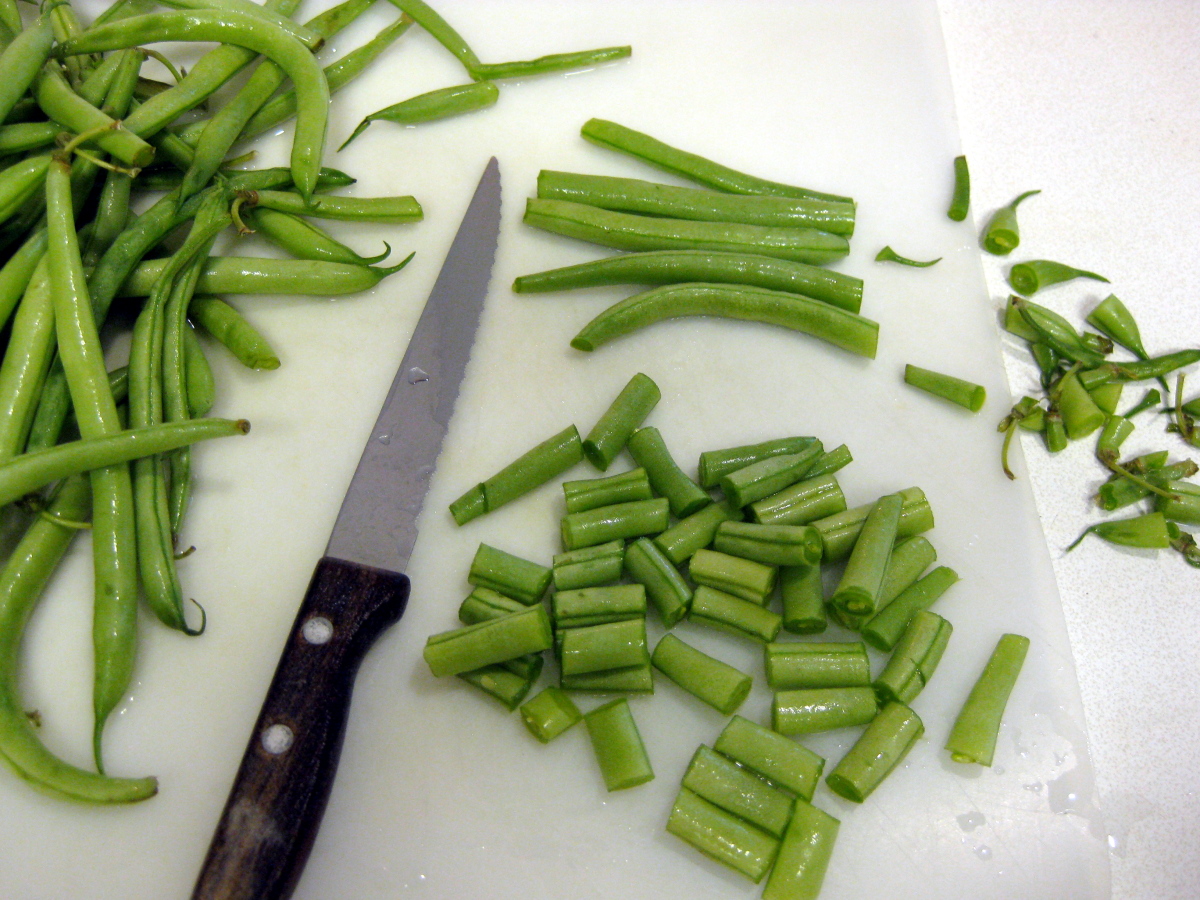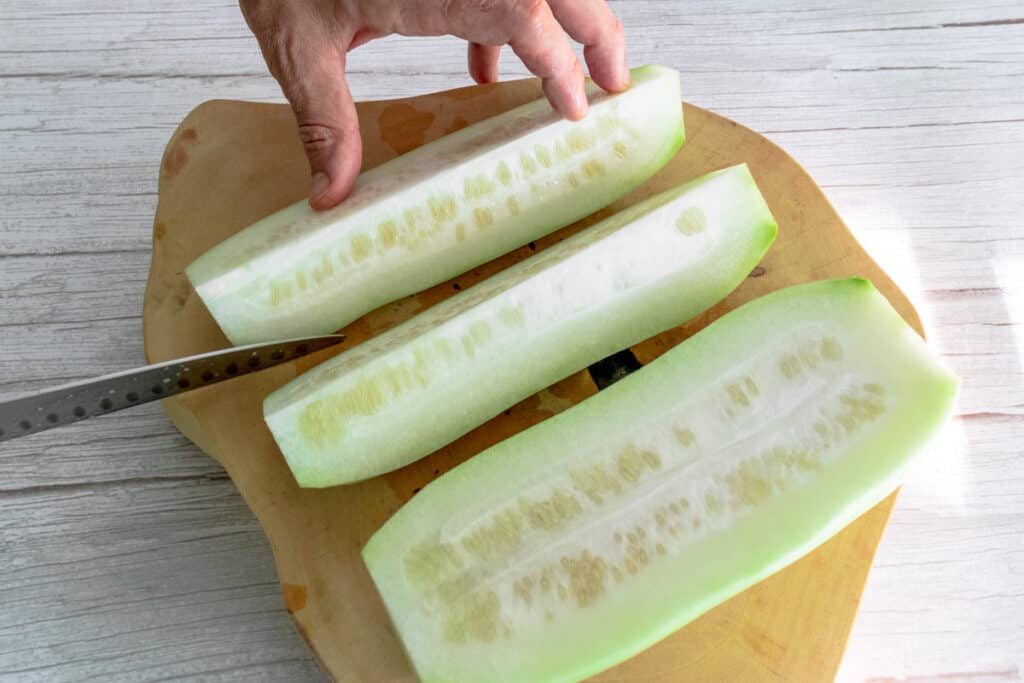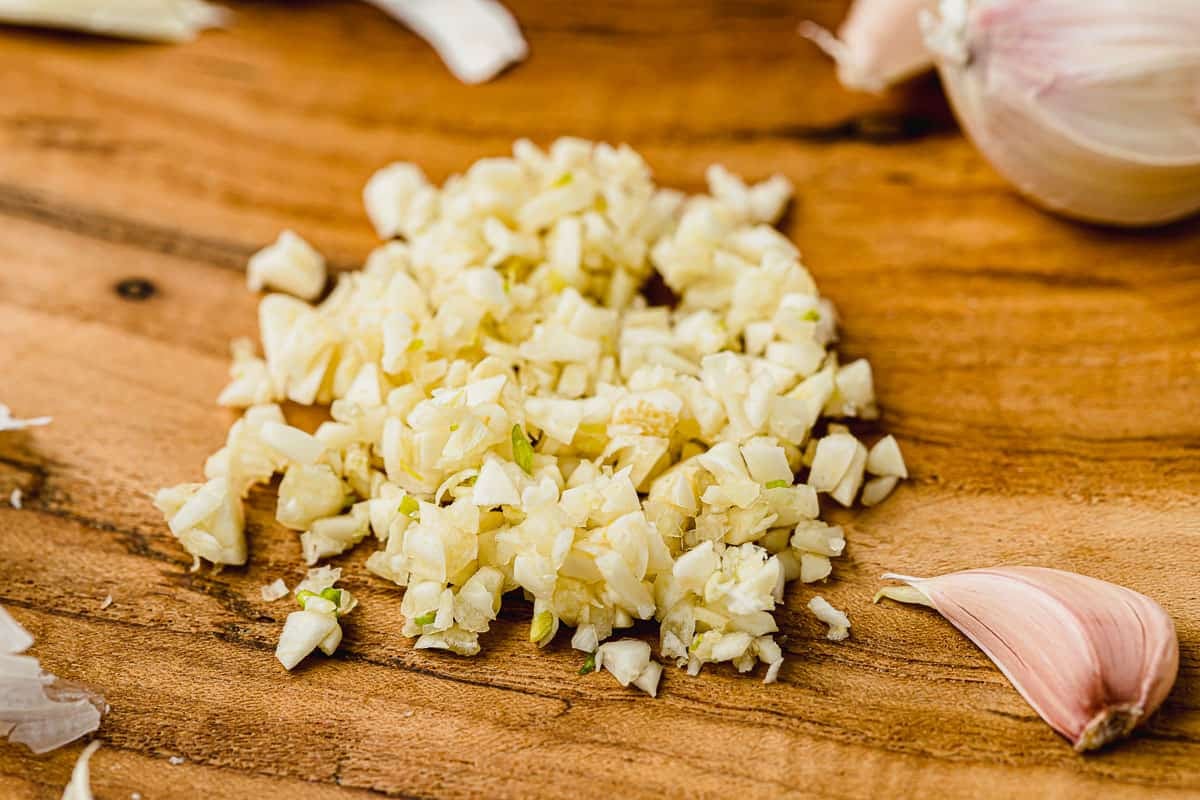How To Chop Methi Leaves
Are you a fan of methi leaves? Also known as fenugreek leaves, methi brings a unique and aromatic flavor to dishes. However, chopping methi leaves can be a daunting task if you don’t know the right techniques. But fear not! In this blog post, we will guide you through the process of chopping methi leaves like a pro.
Why Chop Methi Leaves?
Before we dive into the chopping process, let’s understand why chopping methi leaves is important. Chopping the leaves not only allows for better incorporation into your dishes but also intensifies the flavor. By chopping the leaves, you are able to release the herb’s essential oils, enhancing the taste and aroma of your culinary creations.
Tools You’ll Need
Before you start chopping methi leaves, make sure you have the following tools ready:
- A sharp knife: A sharp knife will make it easier to chop the leaves cleanly and smoothly.
- Cutting board: Use a clean and sturdy cutting board to provide a stable surface for chopping.
- Bowl or plate: Have a bowl or plate nearby to collect the chopped leaves.
Step-by-Step Guide
Now, let’s get into the step-by-step process of chopping methi leaves:
- Wash the methi leaves thoroughly under cold running water to remove any dirt or impurities. Pat them dry using a clean kitchen towel.
- Remove the leaves from the stems by gently sliding your fingers along the stem in the opposite direction of the leaves’ growth. Discard the stems.
- Gather a small bunch of leaves and hold them together firmly.
- Place the bunch of leaves on the cutting board and hold it steady with one hand.
- Using a sharp knife, start slicing the leaves into thin strips. You can use a chopping motion or a rocking motion with the knife, depending on your preference. Keep your fingers away from the knife blade for safety.
- Continue chopping the leaves until you have achieved the desired size. If you prefer smaller pieces, you can chop them further.
- Transfer the chopped methi leaves into a bowl or plate, and they are ready to be used in your favorite dishes!
Tips and Tricks
Here are some additional tips and tricks to help you master the art of chopping methi leaves:
- Make sure your knife is sharp. A dull knife can crush the leaves and make the process more challenging.
- If the methi leaves are too soft or wilted, you can refrigerate them for a few minutes before chopping. This will make them easier to handle.
- Don’t overcrowd the cutting board with too many leaves. This can make chopping difficult and affect the quality of the cuts.
- Experiment with different chopping techniques to find what works best for you. Some people prefer a fine chop, while others prefer larger pieces.
- Don’t discard the stems immediately. They can be used to infuse flavor in soups, stocks, or other dishes.
Now that you know how to chop methi leaves, you can confidently incorporate this flavorful herb into your recipes. Whether you’re making a delicious methi curry or adding a garnish to a salad, mastering the art of chopping methi leaves will elevate your culinary skills. So, grab your knife and cutting board, and let the chopping begin!
Was this page helpful?
Read Next: How To Chop Mint Leaves

